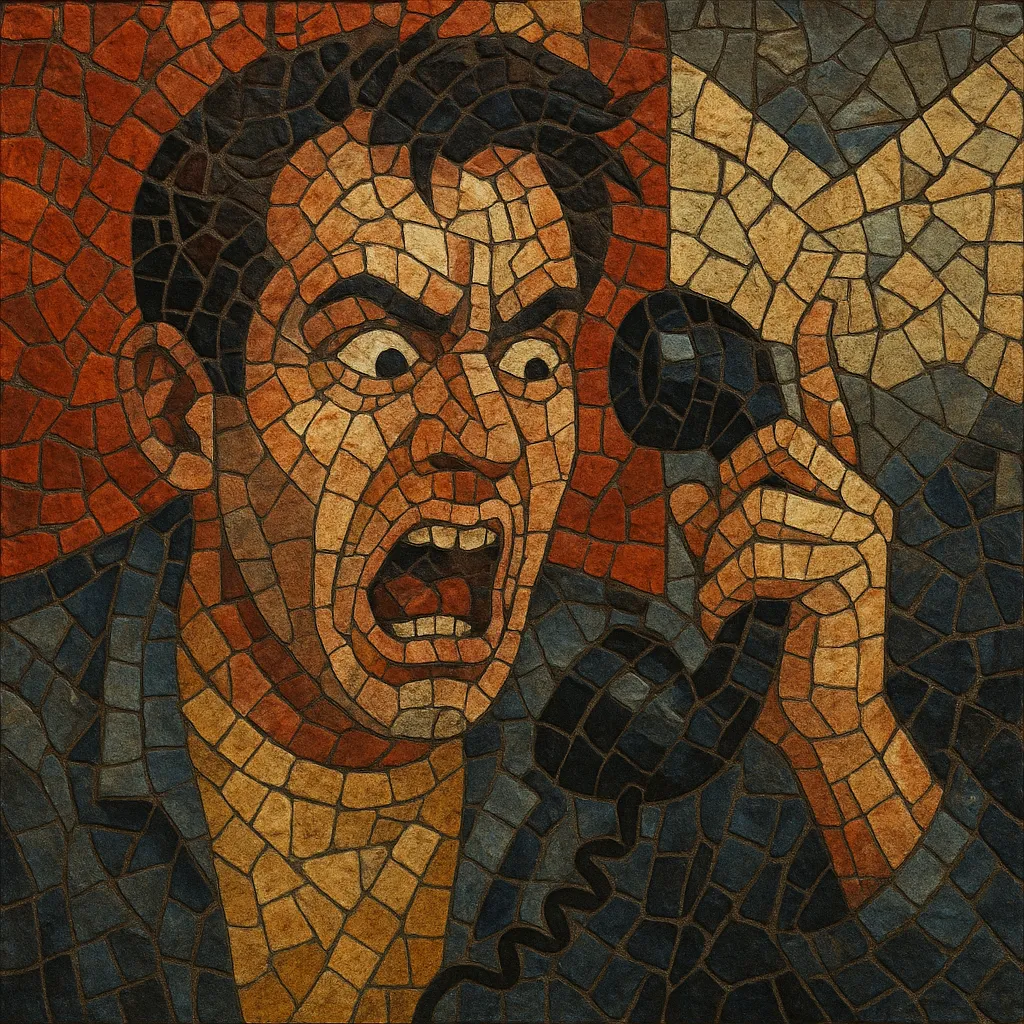
Prank calls is a recorded-comedy genre built around telephone calls made under false pretenses to provoke humorous reactions. Performers adopt characters, accents, and absurd premises, then record and edit the calls into self-contained comic sketches.
While rooted in radio stunts, the genre evolved through underground tape trading, album releases, and broadcast/television shows. It emphasizes improvisation, vocal acting, and timing, and often adds post-production—bleeps, music stings, and punch-in edits—to heighten the comedic arc.
Because real people are involved, ethical considerations and consent laws are central to the practice; reputable releases typically obtain permission or anonymize participants.
Prank-call comedy traces to American radio’s candid and stunt segments. Allen Funt’s Candid Microphone (1947) popularized hidden-audio mischief and helped establish the idea that unscripted reactions could be a form of entertainment. DJs and variety broadcasters experimented with light phone gags, framing the telephone as a stage for real-time comedy.
In the 1970s, underground prank-call tapes circulated hand-to-hand. The most famous set, the Tube Bar tapes, captured teenage callers hassling bar owner “Red” Deutsch and directly inspired The Simpsons’ Bart-to-Moe gag. In the late 1980s, Longmont Potion Castle advanced the form with surreal, heavily edited, and sonically manipulated calls that pushed the genre toward experimental sound collage.
The Jerky Boys brought prank calls into the mainstream with multi-platinum albums, distinct recurring characters, and tight editing. Other artists, such as Touch-Tone Terrorists and Roy D. Mercer, released popular CDs built around elaborate personas and escalating scenarios. Morning-radio shock-jock culture amplified the format with recurring phone pranks and live reactions.
Television’s Crank Yankers adapted the genre to a visual format using puppets lip-syncing real calls, broadening its audience. Online, creators like Ownage Pranks and communities such as Phone Losers of America (PLA) leveraged VoIP, caller ID spoofing, and YouTube to scale production and reach. Across decades, legal scrutiny shaped practices—many releases rely on one-party-consent laws, post-call permissions, or heavy anonymization.

